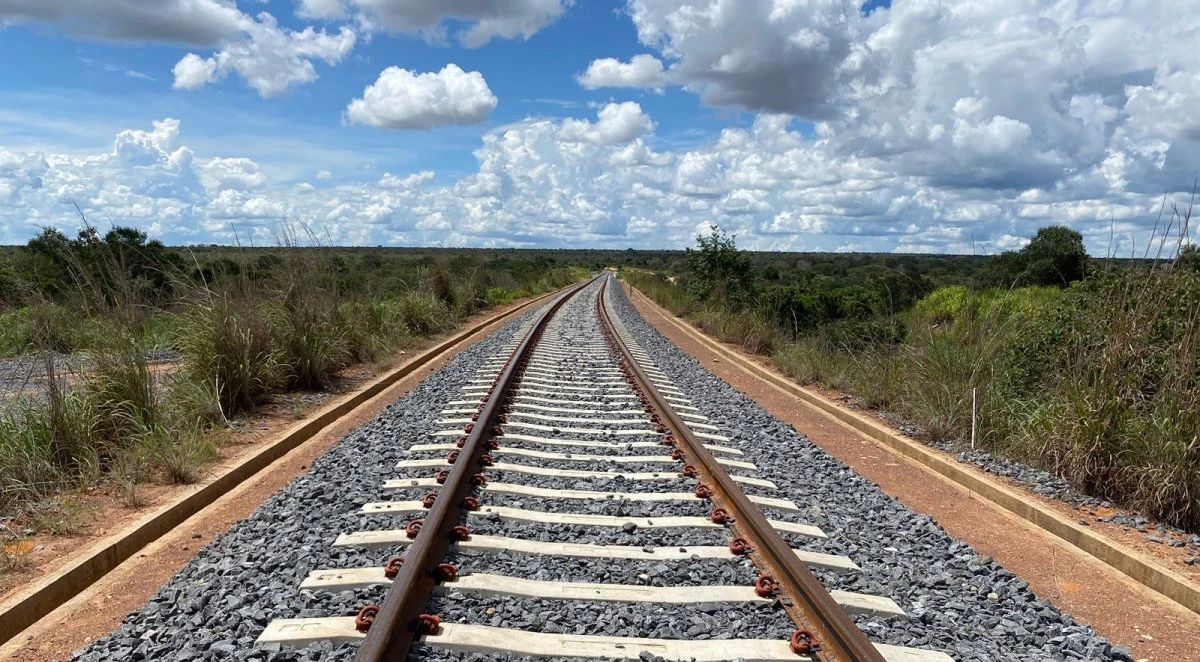
The governments of China and Brazil signed a cooperation agreement on July 7th aimed at promoting the construction of a dual-ocean transportation corridor connecting Brazilian ports with the Port of Chancay in Peru. The goal is to facilitate exports to Asia, especially China, significantly reducing transportation time and costs.
The cooperation agreement was signed by Infra S.A., a company under the Brazilian Ministry of Transportation, and the China Railway Economic and Planning Research Institute. The signing ceremony took place at the headquarters of the Ministry of Transportation in Brasília, the capital of Brazil, with Brazilian government officials and representatives from the Chinese Embassy in Brazil attending. The China Railway Economic and Planning Research Institute participated via remote video conference.
According to the Brazilian government, the project is envisioned to start from the coastal areas of Bahia state, pass through the states of Goiás, Mato Grosso, Rondônia, and Acre, and ultimately reach the Port of Chancay in Peru, aiming to establish a direct railway connection through Brazil to the Port of Chancay in Peru.
According to estimates by the Peruvian government, the transcontinental route across Brazil and Peru is expected to reduce the time taken to transport goods from South America to China from 40 days to 28 days. The Port of Chancay in Peru, constructed with investment from the Chinese government and operational since the end of 2024, is part of the Belt and Road Initiative.
As per the agreement, the China-Brazil bilateral team will collaborate on research related to Brazil's national logistics structure, focusing on multimodal transport modes and their sustainability in economic, social, and environmental aspects, including railways, waterways, and road transport.
Leonardo Ribeiro, the Brazilian National Secretary of Railway Transport, stated that the China-Brazil cooperation holds strategic significance for Brazil's transportation sector, especially in railways, aiming to enhance connectivity between China and South America, shorten maritime distances, and strengthen long-term cooperative relationships. He believes this initiative is a key step in establishing crucial partnerships and addressing transportation infrastructure bottlenecks.
The initial term of the agreement is five years, with the possibility of renewal. Ribeiro noted that this collaboration is expected to make substantial progress, with the existing railway network likely to be included in future dual-ocean railway transport planning.
